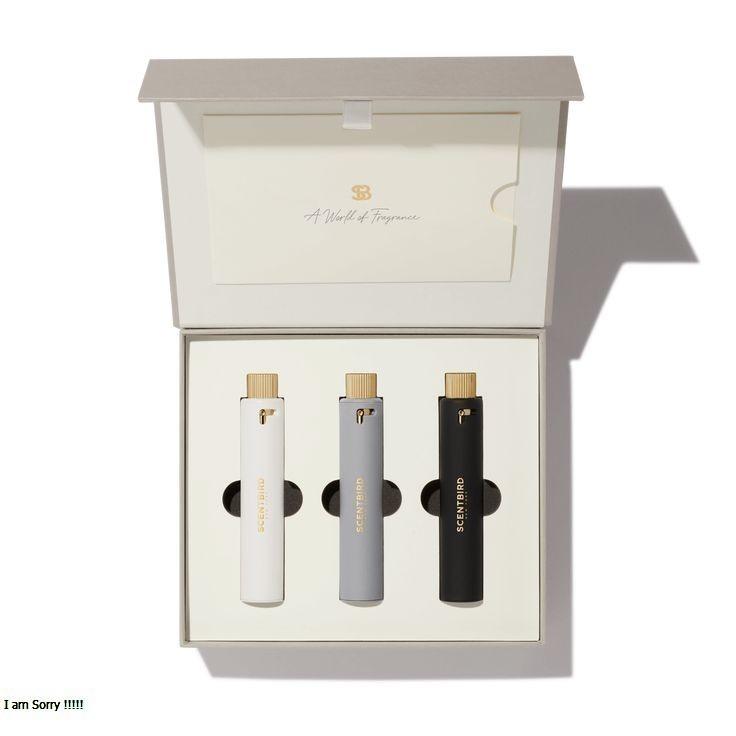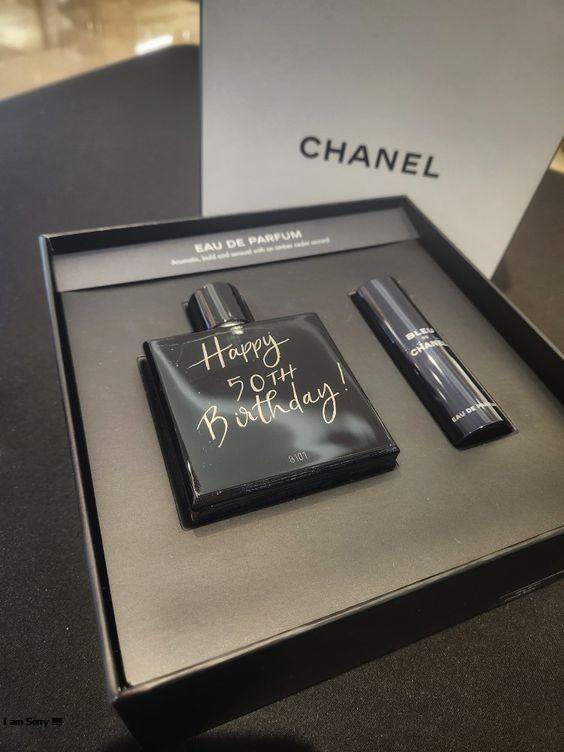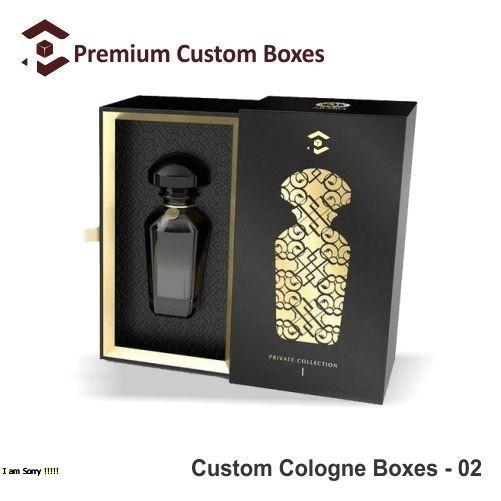Introduction
In the world of fragrances, the packaging is as significant as the scent itself. It is the first touchpoint for consumers, embodying the essence of the brand and the olfactory experience within. As environmental concerns take center stage, the fragrance industry is reimagining cologne packaging through the lens of sustainability. This shift towards eco-elegance is not just about reducing environmental impact but also about enhancing brand value and consumer appeal. This article explores the realm of sustainable materials for custom cologne packaging, highlighting how brands can marry luxury with responsibility.
The Shift Towards Sustainability
The fragrance industry is witnessing a paradigm shift towards sustainability, driven by consumer awareness and regulatory pressures. This shift involves rethinking packaging strategies to minimize waste, reduce carbon footprints, and promote recycling and reuse. Sustainable packaging is no longer an option but a necessity for brands aiming to stay relevant and responsible in the current market.

Biodegradable and Compostable Materials
One of the cornerstones of sustainable cologne packaging is the use of biodegradable and compostable materials. These materials, derived from natural sources, can break down into non-toxic components within a short period under the right conditions. Examples include:
- Paper and Cardboard: Sourced from sustainably managed forests, these materials are not only recyclable but also biodegradable. Advances in paper engineering have enhanced their durability and luxury feel, making them ideal for high-end cologne packaging.
- Bioplastics: Made from renewable resources like corn starch, sugarcane, or cellulose, bioplastics offer a lower carbon footprint compared to conventional plastics and are biodegradable under industrial composting conditions.
- Plant-based Inks and Dyes: For printing and decorating packaging, plant-based inks and dyes are eco-friendly alternatives to petroleum-based products, reducing the release of volatile organic compounds (VOCs).
Recycled and Upcycled Materials
Recycling plays a crucial role in circular economy models, and cologne packaging is no exception. Using recycled materials not only conserves resources but also reduces landfill waste. Upcycling, or repurposing waste materials into higher value products, further elevates the sustainability quotient. Creative applications include:
- Recycled Glass and Metals: Cologne bottles made from recycled glass or metal can significantly reduce the environmental impact of packaging, with the added benefit of maintaining the premium look and feel essential for luxury fragrances.
- Recycled Paper and Plastic: For secondary packaging, such as boxes and inserts, recycled paper and plastic offer a sustainable yet elegant solution.

Renewable Resources
Materials sourced from renewable resources ensure a sustainable supply chain, reducing reliance on fossil fuels and minimizing environmental degradation. Bamboo, a fast-growing grass, exemplifies this category, offering strength, versatility, and a distinctive aesthetic. Cork, harvested from the bark of cork oak trees without harming the tree, provides another innovative packaging option, celebrated for its texture, durability, and natural appeal.
Eco-design Principles
Sustainable packaging transcends material choices, encompassing eco-design principles that minimize environmental impact across the product’s lifecycle. Key considerations include:
- Minimalism: Simplifying packaging design to use fewer materials, reduce waste, and streamline recycling processes.
- Modularity: Designing packaging components that can be easily separated for recycling or repurposing.
- Durability and Reusability: Creating packaging that consumers can repurpose, extending its lifecycle beyond the initial use.
Consumer Engagement and Education
Sustainable packaging initiatives must be accompanied by efforts to engage and educate consumers on their environmental benefits and proper disposal. Transparent labeling, incorporating symbols for recyclability or compostability, and providing information on recycling programs can empower consumers to make eco-friendly choices. Brands can also leverage digital platforms to tell the story behind their sustainable packaging, fostering a deeper connection with environmentally conscious consumers.
The Business Case for Sustainability
Investing in sustainable cologne packaging is not just ethically sound but also strategically smart. Eco-elegance resonates with a growing segment of consumers who prioritize environmental responsibility in their purchasing decisions. Sustainable packaging can enhance brand loyalty, differentiate products in a crowded market, and potentially open up new demographics. Furthermore, anticipating and adapting to regulatory trends towards sustainability can position brands as industry leaders.
Conclusion
The journey towards eco-elegance in cologne packaging is both a challenge and an opportunity for the fragrance industry. By embracing sustainable materials and eco-design principles, brands can craft packaging that captures the luxury and allure of their fragrances while upholding their commitment to the planet. This harmonious blend of aesthetics and ethics not only elevates the consumer experience but also sets a new standard for responsibility in the beauty and personal care sectors. As we move forward, sustainable packaging will undoubtedly play a pivotal role in shaping the future of fragrances, proving that luxury and sustainability can go hand in hand.
